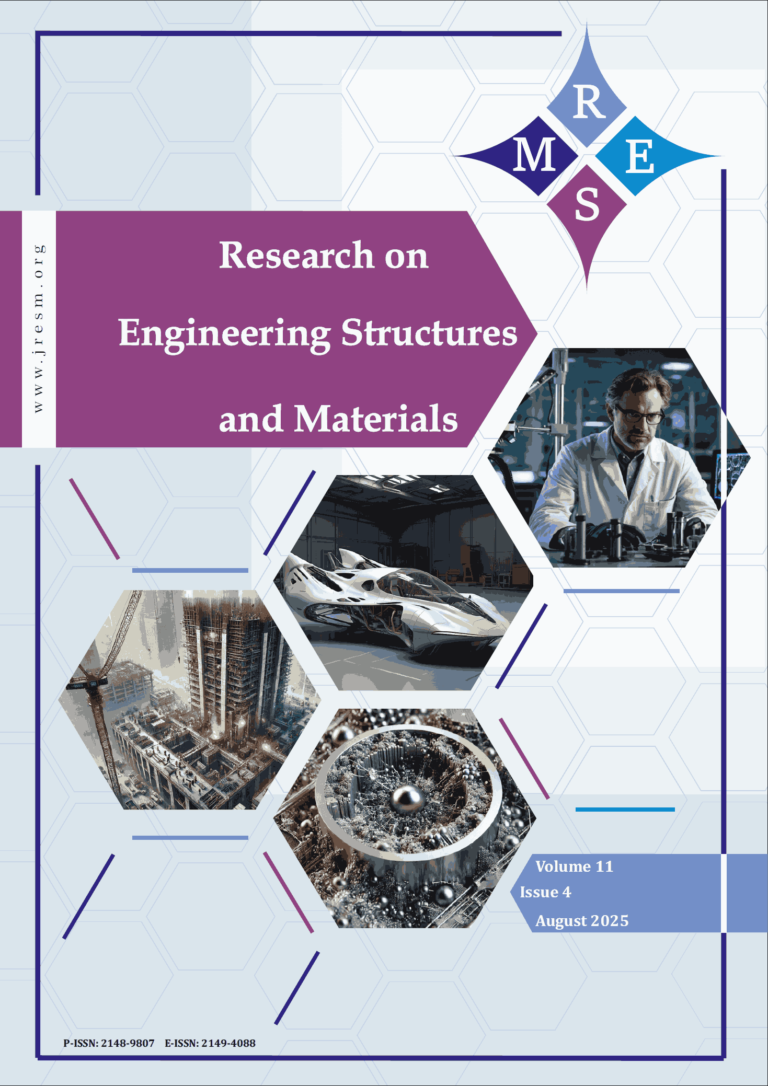In this work, uniform and highly aligned ZnO
nanorod arrays were simply synthesized on zinc plates by hydrothermal method
using zincâammonia complex solution. Effects of ZnO seed layer formation, Zn(NO3)2concentration and NH3/Zn(NO3)2mole ratio (R)
in the reaction medium on the morphology and crystal structure of nanorods were
investigated in detail. ZnO nanorods grown on zinc surfaces were highly
crystalline and had a hexagonal wurtzite structure, as revealed by XRD
analysis. In addition, the dominant crystal growth direction was inc-axis, indicating the verticality of
the nanorods. SEM images showed that one-dimensional (1D) ZnO nanorods with
high verticality and number density were synthesized on seeded plates whereas
randomly oriented arrays were grown on non-seeded surfaces. Increase in the Zn2+concentration changed the top ends of the rods from tapering to hexagonal ends;
and also led to an increase in the average size and verticality of the
nanorods. The increase in R value (or i.e., amount of NH3) caused
the rods to misalign on the surface and decrease in size. The size of
well-aligned nanorods can be adjusted from 50 to 260 nm in diameter and
0.11 to 6mm
in length by changing the reaction parameters, implying their large potential
to be used in photocatalytic and also in electronic applications.
